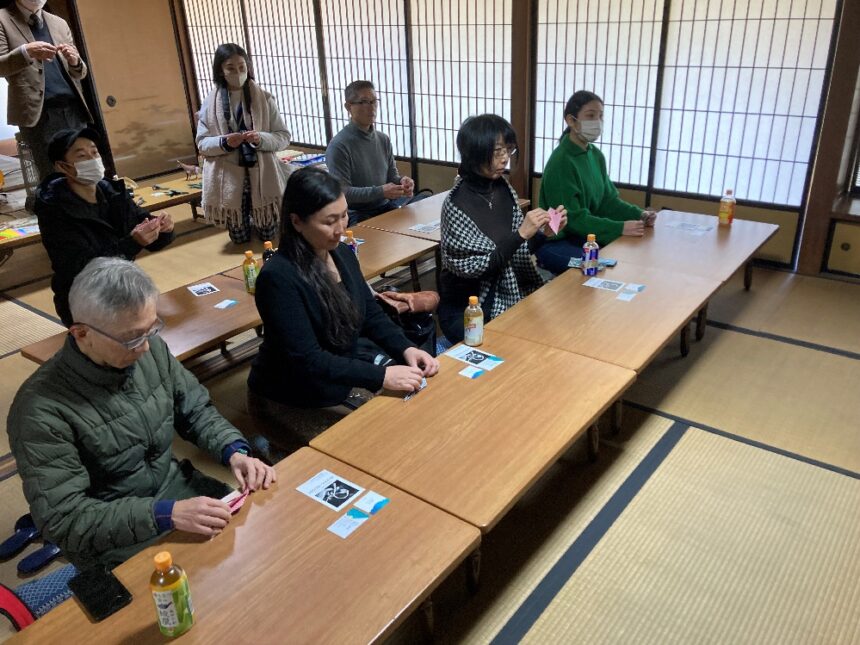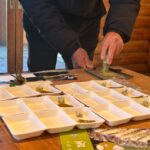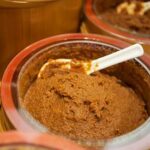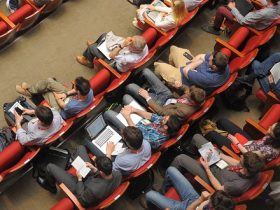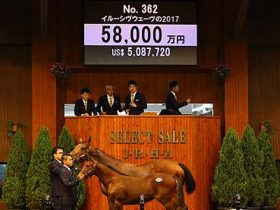This project is probably the first origami-themed tourism development in Japan.
It may be difficult to know about creative origami, in Kamimikawa-town, Tochigi prefecture, Tochigi Prefecture, there is a man named Akira Yoshizawa, who is a super Japanese origami artist and is considered the leading authority on creative origami. Origami is now a globally accepted word, using the alphabet “Origami” instead of Japanese kanji, but it was not until Mr. Yoshizawa participated in the 1992 World Expo in Seville, Spain and was invited by foreign governments to teach at various locations that the Japanese language became English. It is a little-known story, but we thought it would be meaningful to build an origami experience in Mr. Yoshizawa’s hometown, which led us to develop this experience. We tailored the experience program to create creative origami together.

We have received a great deal of support for our Origami as a Service (OAAS) concept, and we would like to promote the use of creative origami by graduates of the Origami Research Group at the University of Tokyo. There were many things on display that were made by the students themselves, which you would never guess were made of paper, but it is clear that it is not that easy, as some of them took a whole day to make, even though it is just like folding a regular crane. However, when someone was there to teach us, it was very easy to understand, and the experience was very much appreciated by the eight participants, including those from Taiwan and China.
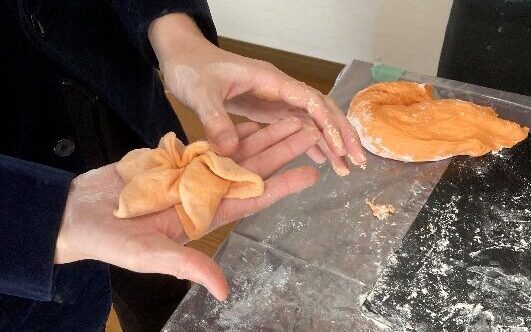

This time, we are challenging the idea of diverting this origami not only to paper but also to food. We are challenging ourselves to make our own goldfish and flowers by folding them into Tochigi’s famous dumplings, filling them with a local specialty called black fried rice, and deep frying them as dumplings and spring rolls, fully utilizing our knowledge of origami. Moreover, even chopstick rests are made as origami by yourself, and you also improvised an origami experience of making a chopstick rest out of a chopstick bag. Foreigners are very pleased with it.
As a unique experiment, one of the participants this time had a wife who was a carpenter specilized in repairing shrines and temples only(we call it MIYADAIKU), and she brought some cypress wood shavings to see if they could be used to make origami. We were able to fold them successfully, and starfish and shuriken, for example, were very popular. A calligraphy teacher also participated, and since it was New Year’s, we decided to write something on the kannakuzu and dedicate it to the god of the year.

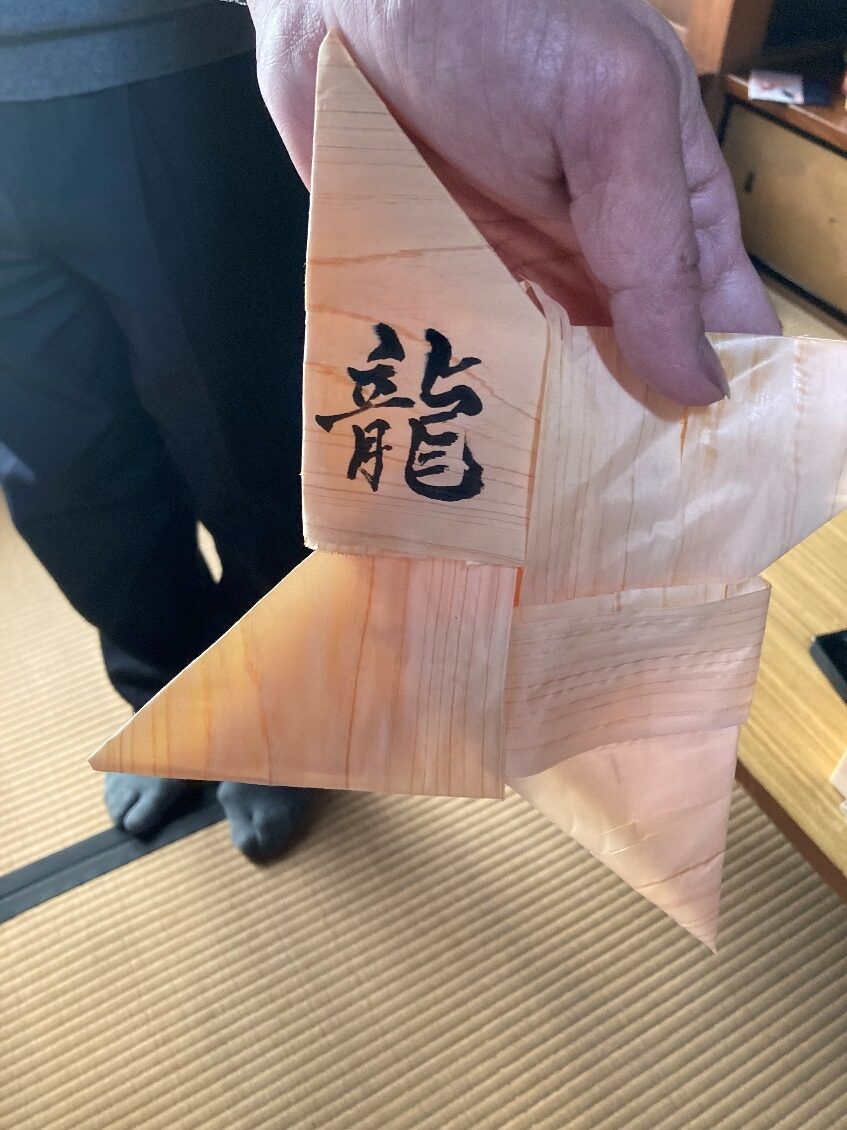
We then made a formal visit to the nearby Shirasagi Shrine (which we named the Origami Shrine), where we were all invited to dedicate origami. This was a very good experience of formal Shinto worship, and the experience of dedicating origami was also quite a treat. Local elementary school students also study origami in class, so the shrine graciously accepted our offer.
Other ideas included whether paper cutouts and origami could be used for wall art, or how about origami using Japanese paper, or how about the idea of making origami wall art and then selling it? We are now discussing e-commerce, crypto assets, experience gifts, and many other ideas. In terms of tourism, there is Jichi Medical University and Nissan Motor Company factory nearby, so there are ideas such as test-driving the GT-R at Nissan or collaborating with the Da Vinci Contest by folding small pieces of origami.
In Tochigi Prefecture, there is Ashikaga FlowerPark, Nikko has many World Heritage sites including Rinnoji Temple and Toshogu Shrine, and Mashiko pottery can be visited within a 30-minute drive.
We continuously are making our own efforts to complete Origami tourism as one of the luxury travel services.

